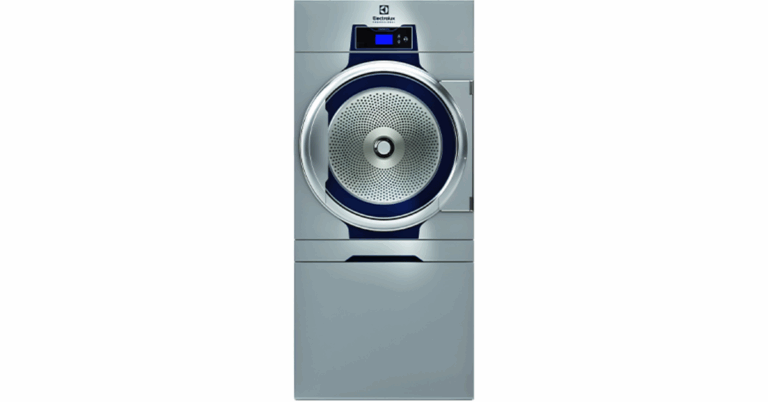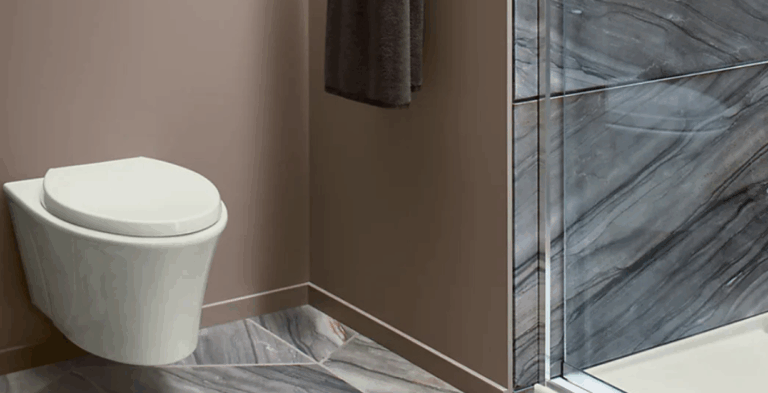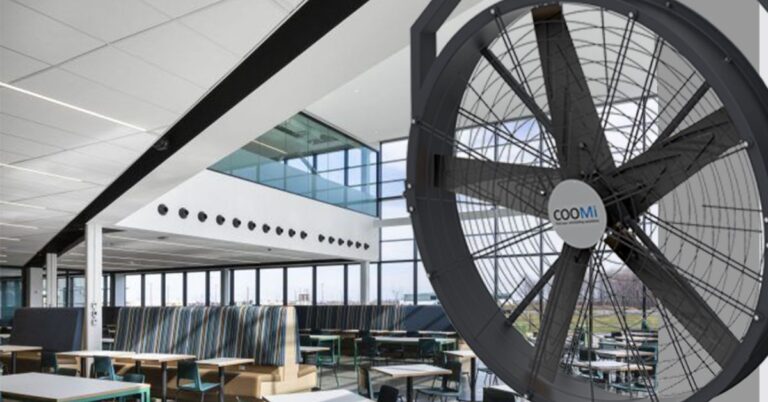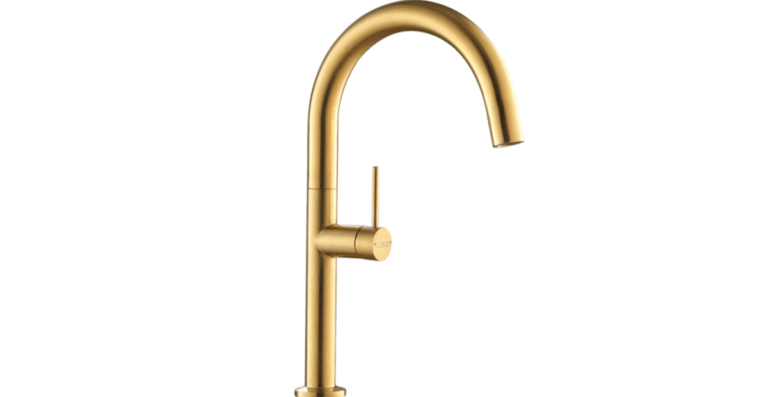Cruise Ship Floor Standing AC Units: Ensuring Comfort at Sea
Cruise Ship Floor Standing AC Unit play a critical role in maintaining passenger comfort across the vast expanses of ships’ interiors. On a cruise vessel, where ambient temperatures can fluctuate and spaces range from grand ballrooms and dining halls to cabins and lounges, having robust and efficient air conditioning is not just a luxury it’s essential. Floor standing air conditioners tailored for marine and cruise ship environments provide powerful airflow, consistent cooling, and resilience to harsh salt-air conditions.
In this article, we explore the design, features, benefits, challenges, and applications of floor standing AC units in cruise ships. We also examine best practices for installation and maintenance, and offer insight into future trends shaping marine climate control.
The Unique Needs of Marine Air Conditioning Systems
Cruise ships are complex floating ecosystems. Unlike buildings on land, a cruise ship must contend with dynamic conditions: external sea wind, solar heating, fluctuating humidity, salt spray, vibration, and motion. The HVAC (heating, ventilation, and air conditioning) systems on ships must:
-
Handle large thermal loads (people, appliances, external solar gain)
-
Deliver uniform cooling or heating across large open spaces and tight cabins
-
Operate reliably in a corrosive, humid, salt-laden environment
-
Be energy-efficient — fuel consumption onboard is a premium cost
-
Provide redundancy and ease of servicing
Floor standing AC units become an appealing option in spaces where ducting is impractical or where modular installation is advantageous (e.g. open lounges, halls, or appendage areas). They offer a balance between central HVAC systems and point-of-use units.
Design Features of Floor Standing AC Units for Cruise Ships
When engineered for maritime service, floor standing units incorporate several specialized design elements:
-
Corrosion-resistant materials: Components (coils, casing, frames) are often coated (e.g. with epoxy or specialized marine-grade paints) or made of stainless materials to resist salt corrosion.
-
Robust compressors and fan assemblies: Because of ship movement and potential vibration, components are shock-mounted and selected for high reliability.
-
High-efficiency heat exchangers: To maximize cooling performance per unit of energy, the coils are optimized for heat transfer, sometimes with enhanced fin densities or microchannel designs.
-
Variable-speed fans and compressors: To modulate cooling capacity according to load (crowd, outside temperature), thereby saving power.
-
Redundancy and modularity: Multiple units can operate in parallel, so if one fails, others continue.
-
Accessible maintenance design: Removable panels, service ports, and modular parts help onboard engineers perform repairs.
-
Marine-specific controls and sensors: Humidity, infiltration, safety features (overload, salt ingress alerts) and integration with the ship’s central control system.
Manufacturers offering such units often list specifications like tonnage (e.g. 3 Ton, 4 Ton), BTU capacity, input voltage (e.g. 220 V / 50 Hz or 440 V / 60 Hz), and physical dimensions adapted to vessel constraints.
Benefits of Using Floor Standing AC Units on Cruise Ships
-
Flexibility of placement
Unlike ducted systems that require extensive infrastructure, floor standing units can be placed in strategic positions, making them suitable for retrofit areas, lobby zones, or places where walls or ceilings are occupied. -
Scalable capacity
Ships can deploy multiple units of varying capacities (e.g. 36,000 BTU, 4 Ton) in different zones to match cooling demands, rather than oversizing a central system. -
Ease of maintenance
Technicians can service or replace individual units without shutting down the entire ship’s HVAC system. -
Redundancy
If one unit fails, adjacent units can compensate temporarily, improving system resilience. -
Energy efficiency
Variable-speed operations and intelligent controls allow units to run only as needed, reducing power draw. In a marine context where energy costs convert directly to fuel consumption and emissions, this is a major advantage. -
Improved air distribution
Strategically located floor units can deliver directional airflow to areas where static ducting may struggle, such as corners, mezzanines, or double-height atriums.
Challenges in Marine Use & Mitigation Strategies
-
Salt corrosion & humidity: Salt-laden air accelerates degradation of coils, fans, and electrical connections. Mitigation: use of marine-grade coatings, regular rinsing with fresh water, and sacrificial anodes.
-
Space and weight constraints: Ships have limited free volume and careful weight distribution is crucial. The design of these units must have compact footprints and be optimized for weight.
-
Vibration and motion: Rolling, pitching, and vibrations demand robust mechanical mountings. Isolation systems and stiff construction are essential.
-
Power supply variations: Ships may use different voltages or experience transient power fluctuations. Hence units must tolerate a range (e.g. 220 V, 440 V, multi-phase) and include protection circuits.
-
Ventilation balance & airflow interaction: Airflows from multiple units must not conflict or create dead zones. Computational fluid dynamics (CFD) modeling is often required to plan placement.
-
Noise and acoustic control: In passenger areas, noise must be minimal. Sound dampening measures (acoustic insulation of casing, vibration isolation) are needed.
-
Integration with central systems: These units must interface with the ship’s central building management or HVAC control systems to maintain overall environmental balance.
Applications & Zoning: Where Floor Standing AC Units Are Used
Floor standing AC units are particularly suitable in zones such as:
-
Large public spaces: Lounges, theaters, casinos, dining halls — where airflow demands are high and duct complexity is high.
-
Mezzanine or atrium spaces: Where ceiling installs are impractical.
-
Corridors and vestibule areas: To counter thermal gain at entrances.
-
Back-of-house compartments: Crew rest areas, offices, or storerooms, where modular installation is easier.
-
Cabin supplement: In premium suites or cabins with architectural limitations preventing traditional split or ducted systems.
The design capacity is matched to the zone’s area and expected cooling load (in square meters or BTU per hour).
Best Practices for Installation & Operation
-
Site planning using CFD / airflow simulation
Before installation, simulate airflow interactions, pressure zones, and potential stagnation to guide unit placement. -
Proper clearances & duct interface
Leave service access, clearance for intake and discharge, and ensure no obstructions in airflow path. -
Vibration isolation mounting
Use anti-vibration mounts or spring isolators to reduce structural transmission. -
Electrical protection & power conditioning
Install surge protection, harmonic filters if needed, and voltage stabilization to protect compressors. -
Commissioning & balancing
After installation, perform balancing tests (e.g. measuring temperature distribution, airflow) and fine-tune controls. -
Maintenance scheduling
Regular inspections of coils, filters, fans, controls, and protective rinsing. In marine settings, more frequent cycles are typical. -
Spare parts & modular design
Maintain a stock of commonly failing parts (fans, control boards, coils) and ensure units are modular for speed of repair.
Case Example (Hypothetical)
A cruise ship installs floor standing AC units of 36,000 BTU (3 Ton) in its grand lounge area to supplement the central HVAC system during peak usage times. These units run on 220 V / 50 Hz and are coated with anti-corrosive treatments. During afternoon sun, the lounge sees a thermal spike; the floor units engage to stabilize temperatures within 15 minutes. Meanwhile, as evening crowds shift, the units adjust cooling output using variable-speed compressors, conserving energy. Engineers calibrate each unit to avoid airflow overlap and ensure a quiet environment under 45 decibels.
Over time, routine rinsing with fresh water and filter cleaning maintain performance, while the isolation mounts mitigate noise and vibration transmitted to the structural decks.
This hybrid approach — combining central HVAC and local floor units — enhances comfort, flexibility, and system resilience.
Emerging Trends & the Future
-
Smart control & IoT integration
Marine HVAC systems increasingly integrate sensors (temperature, humidity, CO₂) and centralized AI-based control to optimize unit operation in real time. -
More efficient refrigerants & heat pumps
Use of low-GWP (global warming potential) refrigerants and reversible (cooling/heating) units to reduce energy and emissions. -
Improved heat exchanger materials
Advanced coatings, nano-coatings, or composite materials that resist salt damage and enhance thermal performance. -
Energy recovery and waste-heat reuse
Capturing waste heat from engines or refrigeration cycles to preheat or partially offset heating/cooling loads. -
Modular plug-and-play systems
Units designed for rapid swap-out during turnaround periods without major disruption. -
Acoustic optimization
Further improvements in acoustic design to push noise levels ever lower, even in guest areas.
Conclusion
Cruise Ship Floor Standing AC Units represent a vital component of marine HVAC strategies. Their flexibility, modularity, and targeted performance make them an excellent complement (or sometimes alternative) to traditional central systems onboard ships. When designed properly with corrosion resistance, vibration mitigation, efficient controls, and maintenance access in mind these units deliver reliable comfort even under the demanding conditions at sea. As shipping and marine technologies evolve, advances in smart control, materials, and energy efficiency will continue to push floor standing AC designs toward greater performance and sustainability.






